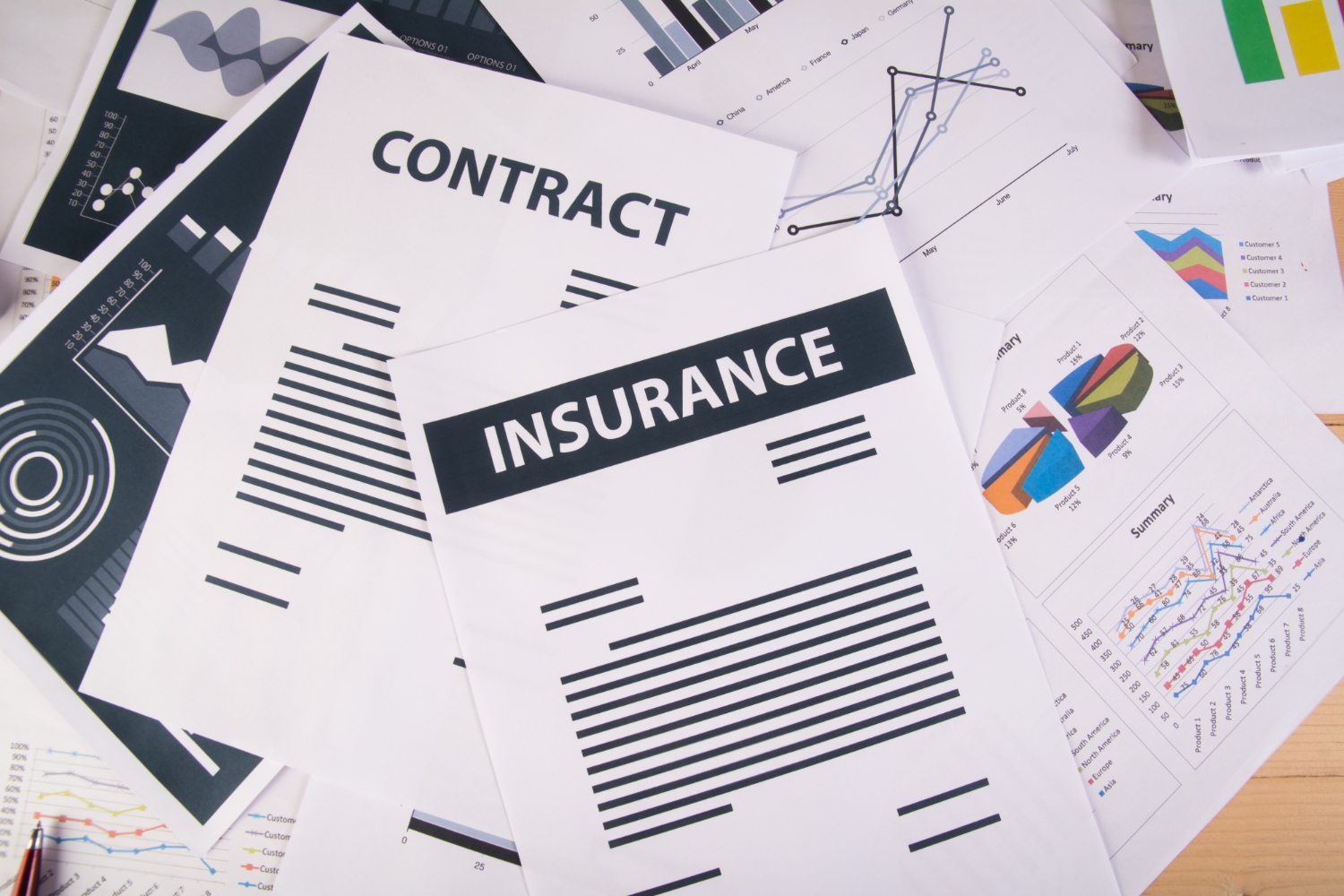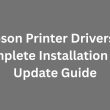Introduction
Starting a business is a significant milestone, but it also brings a fair share of risks. From property damage and data breaches to customer lawsuits and employee injuries, various threats can put your livelihood at stake. That’s where business insurance plays a vital role.
If you’re a first-time business owner shopping for coverage, the industry jargon can be overwhelming. Yet understanding these terms is essential—not only to make informed decisions but also to avoid under- or over-insuring your business and to ensure smoother claims processing when the unexpected occurs.
Below, we break down the most common insurance terms you’ll encounter and explain them in simple, practical language.
Business Insurance Made Simple: 20 Must-Know Terms for Newbies

1. Premium
A premium is the amount you pay to maintain your insurance policy. It may be billed monthly, quarterly, or annually, depending on your agreement with the insurer. Premiums are calculated based on factors such as your industry, business size, risk exposure, and chosen coverage limits.
Think of it as a subscription fee: as long as you continue paying your premium, your insurance coverage remains active.
2. Deductible
A deductible is the portion of a claim you must pay out of pocket before your insurance kicks in. For instance, if you have a ₱10,000 deductible on a ₱100,000 claim, your insurer will cover ₱90,000.
Generally, higher deductibles lead to lower premiums, and vice versa.
3. Coverage Limit
This is the maximum amount your insurer will pay for a covered loss. Coverage limits usually come in two forms:
- Per-occurrence limit: The maximum payable per claim or incident
- Aggregate limit: The total the insurer will pay during the policy term (usually one year)
If your claim exceeds the coverage limit, you’ll be responsible for covering the remaining costs. It’s crucial to choose limits that reflect the actual value of your assets and potential risks.
4. Endorsement (Rider)
An endorsement, or rider, is an official amendment to your policy that adds, modifies, or removes coverage. It can:
- Add protection (e.g., for newly purchased equipment)
- Exclude high-risk activities
- Adjust coverage limits or conditions
Always read endorsements carefully—they can significantly change what your policy includes or excludes.
5. Exclusion
An exclusion is something your policy doesn’t cover. Common exclusions include:
- Intentional acts (e.g., fraud or willful damage)
- Wear and tear or mechanical failure
- War, terrorism, or nuclear risks
Understanding what’s excluded is just as important as knowing what’s covered to avoid surprises during a claim.

6. Certificate of Insurance (COI)
A COI is a summary document that proves your business is insured. It outlines your policy’s coverage types, limits, and effective dates. Clients, vendors, or landlords often request a COI before entering into contracts, especially in industries like construction or event services.
7. Claim
A claim is a formal request submitted to your insurance company to cover a loss. For example, if a customer slips and falls in your store, you’d file a liability claim to cover medical bills or legal costs.
Report claims promptly and provide complete documentation to avoid delays or disputes.
8. Underwriting
Underwriting is the process insurers use to evaluate your business’s risk before issuing a policy. It helps determine:
- Whether to approve or deny coverage
- How much to charge in premiums
- What conditions, exclusions, or limits to apply
This evaluation considers your business type, industry, claims history, location, safety protocols, and more. Clear and accurate information during this process can help you get better coverage at a fair rate.
9. Insurance Underwriter
An insurance underwriter is the specialist responsible for assessing your risk and deciding whether—and how—to insure your business. They may adjust your premium, require safety measures, or exclude certain risks based on your profile.
For example, suppose you operate a food truck with previous fire-related incidents. In that case, the underwriter might raise your premium, exclude fire damage, or require additional fire suppression systems before approving coverage.
Though you may never interact with the underwriter directly, their analysis shapes the core of your policy.
10. Insurance Broker
An insurance broker is a licensed professional who helps you shop for coverage across multiple insurance companies. Unlike agents who work for one provider, brokers work for you, the business owner. They offer objective advice, explain complex terms, assist with claims, and help tailor your policy to your specific needs and risks.
While brokers may charge a fee or receive a commission, their expertise can save you time, money, and potential headaches.
Also read: Understanding Business Insurance for Consulting
Types of Business Insurance

Now that you’re familiar with the terminology, here are the key types of business insurance you should consider:
11. General Liability Insurance
Covers third-party claims for:
- Bodily injury
- Property damage
- Advertising injury (e.g., libel or slander)
It’s one of the most essential policies for any business and often a legal or contractual requirement.
12. Commercial Property Insurance
Protects your physical assets—such as buildings, equipment, inventory, and furniture—against losses due to fire, theft, vandalism, or certain natural disasters.
13. Business Interruption Insurance
Helps you recover lost income and cover operational expenses if your business must close temporarily due to a covered event (e.g., fire, flood).
14. Business Owner’s Policy (BOP)
A BOP bundles general liability, commercial property, and business interruption insurance into one convenient and cost-effective package. It’s ideal for small to mid-sized businesses and often comes at a lower premium than purchasing the policies separately. Many insurers allow you to add extra protection, like cyber liability or equipment breakdown coverage.
15. Workers’ Compensation Insurance
Mandatory in many regions, this coverage includes medical expenses and lost wages if an employee is injured or becomes ill due to work-related duties.

16. Professional Liability Insurance (Errors & Omissions)
Essential for service providers and consultants, this policy covers claims of negligence, errors, or failure to deliver services as agreed.
17. Product Liability Insurance
Protects your business if a product you manufacture or sell causes harm or injury to a customer.
18. Cyber Liability Insurance
Provides financial protection in the event of data breaches, cyberattacks, or loss of sensitive customer information. It’s becoming increasingly important in our digital-first world.
19. Commercial Auto Insurance
Covers company-owned vehicles and business-related driving activities. Personal auto insurance typically won’t cover vehicles used for work.
20. Key Person Insurance
If your business relies on one or two individuals (like a founder or top executive), this policy provides financial support if they pass away or become disabled, helping your business recover or find a replacement.
Ready to Protect Your Business?
Understanding business insurance isn’t just about buying protection—it’s about making smart, strategic choices. These terms might sound intimidating at first, but knowing how they affect your premiums and coverage empowers you to make better decisions.
If you’re unsure where to begin, consider consulting an insurance broker. They can help you navigate the landscape, compare options, and customize a policy that fits your business needs—so you can focus on what you do best: growing your business with confidence.
Author Bio: Carmina Natividad is one of the daytime writers for 360 Underwriting, a specialist agency network supporting insurance brokers with tailored underwriting solutions across sectors like motor, marine, professional indemnity, and plant & equipment. She enjoys crafting practical, jargon-free content that helps brokers better understand complex risks and deliver smarter coverage to their clients.












